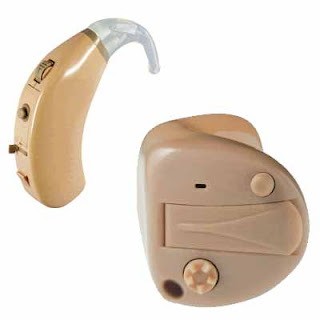Hearing aid accessories can contribute to the proper functioning of the hearing aid. A hearing aid is an expensive and important piece of equipment. To not purchase vital accessories that can help in its use would be quite irresponsible to both yourself and others. So, let us take a look at what is found in a common accessory package.
A Common Hearing Aid Accessories Package
Most people  who own a hearing aid should consider buying a standard accessories package. This will include crucial items needed to maintain the proper functioning of the hearing device. The standard accessory package includes a battery tester, antiseptic spray, cleaning tools, etc. The cleaning accessories will maintain the life of the hearing aid, because bacteria may have a corrosive effect on it. In addition, the use of the cleaning agents reduces the chances of an infection occurring if the bacteria spread to the ear.
who own a hearing aid should consider buying a standard accessories package. This will include crucial items needed to maintain the proper functioning of the hearing device. The standard accessory package includes a battery tester, antiseptic spray, cleaning tools, etc. The cleaning accessories will maintain the life of the hearing aid, because bacteria may have a corrosive effect on it. In addition, the use of the cleaning agents reduces the chances of an infection occurring if the bacteria spread to the ear.
Another component, the battery tester, is a very useful item to have as part of your kit, since it is important to know exactly what the power and strength of the battery is all the time. If you don't know how your battery is performing, there can be a number of embarrassing situations that may result.
Moreover, you might want to consider buying a carrying case for your hearing aid accessories. A carrying case will keep the components from harm, and it will also keep them in one place. It wouldn't be good if the accessories became separated and lost. These items can be small, and they are easier to find when they are all kept together in a pouch or case.
Are Used Hearing Aid Accessories Worth It?
Some people might want to save money by buying used kits. This is a basically a judgment call on the part of the consumer. Some people might think that buying accessories used is too much of a risk, as the accessory package may not be functional or complete. Others feel perfectly fine buying things second hand. In the end, the choice is up to the consumer.











